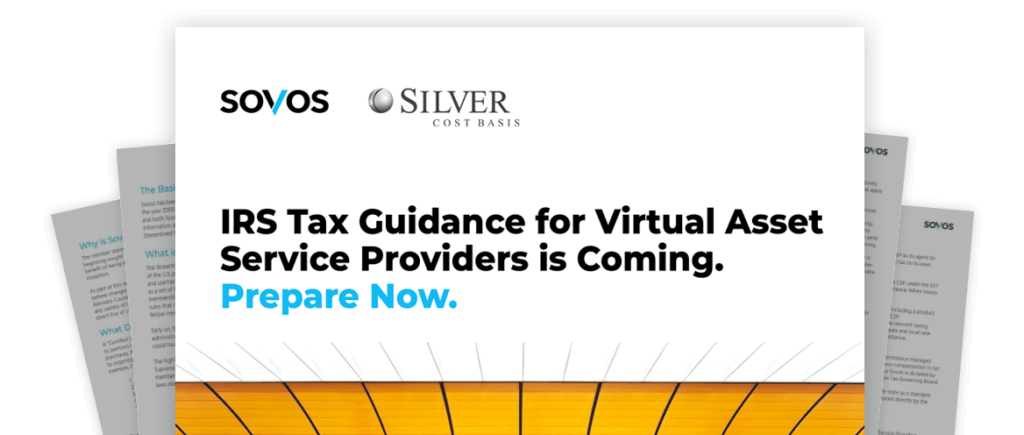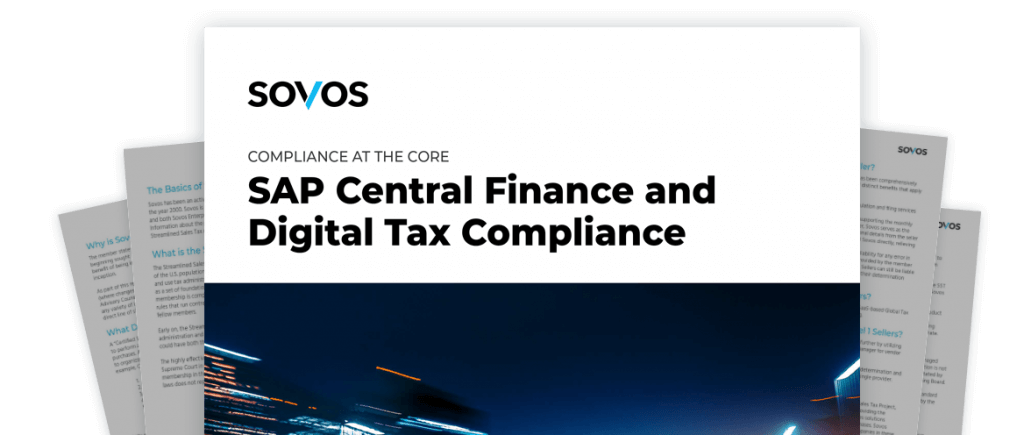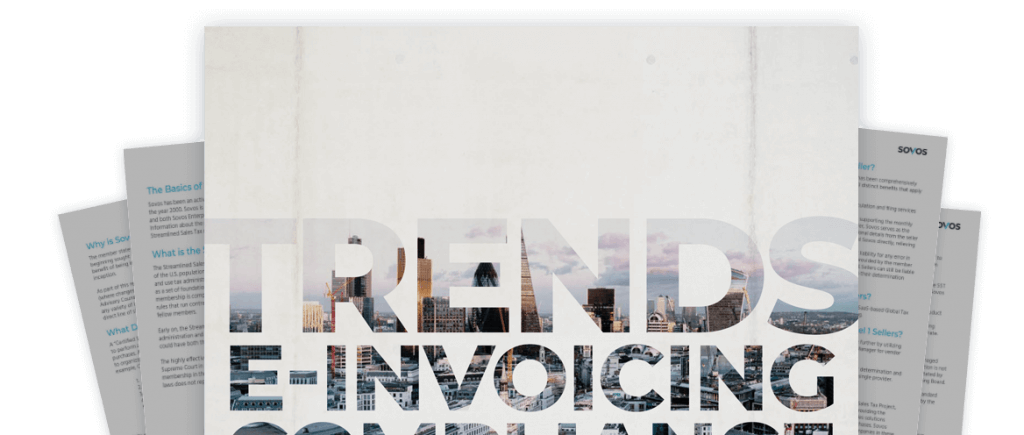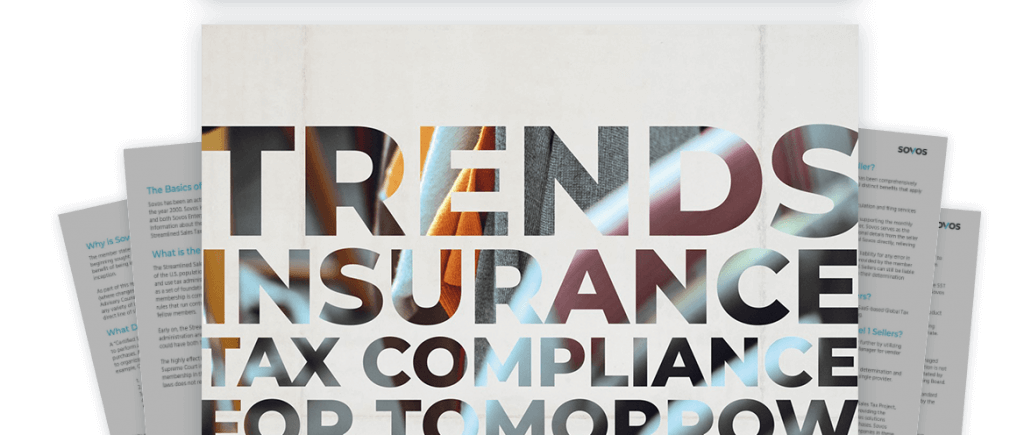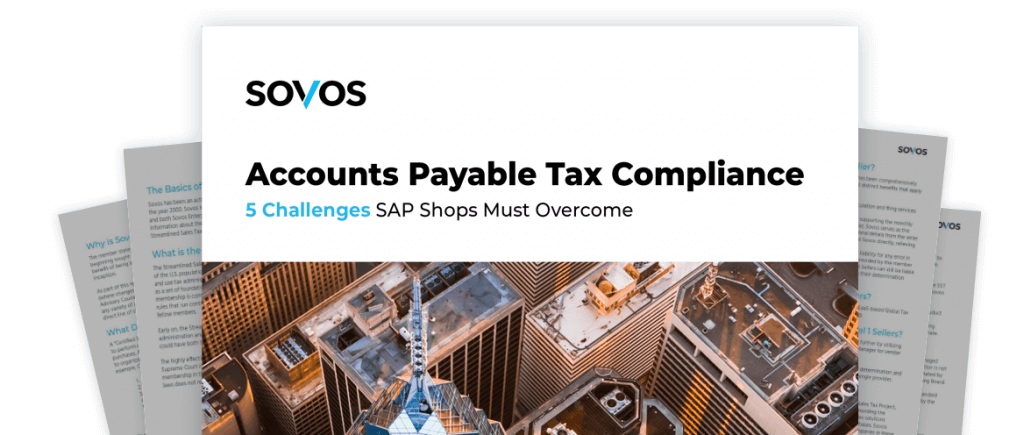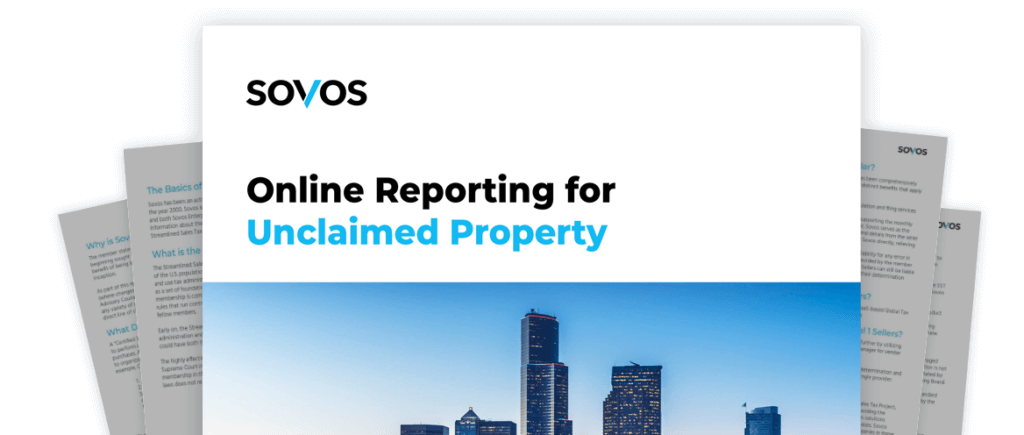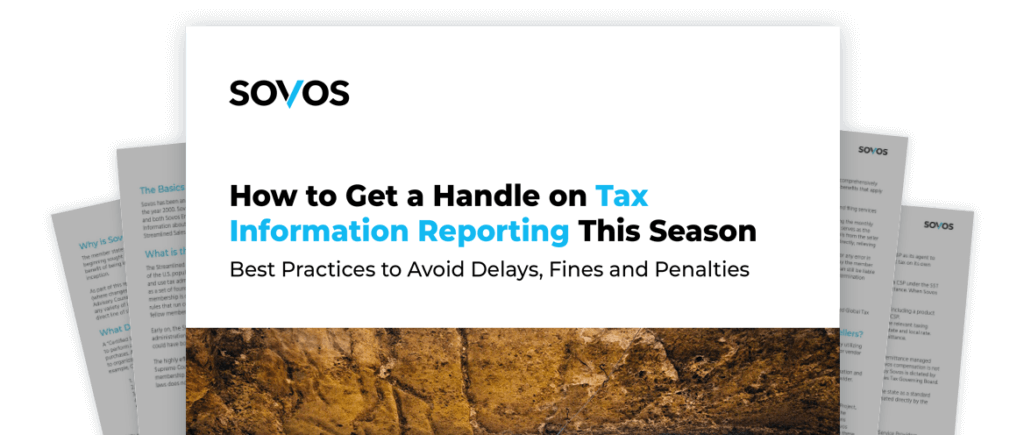Get the Report
Finance transformation is imperative in the modern digital economy as organizations strive for greater resilience and performance. SAP S/4HANA Finance with full deployment is designed to offer business leaders real-time insights into financials and operations while reducing complexity across their financial system landscape. To maximize ROI in SAP S/4HANA for Finance, continued awareness of technological advancements and industry trends are vital so organizations can make proactive decisions. This SAPinsider survey aimed to better understand business priorities organizations enabled with SAP S/4HANA for Finance with full deployment, and aspired goals when deployed with Central Finance.
Download the report for key insights to how other SAP companies are handling the S/4HANA migration, including:
- Many finance leaders, along with their downstream teams, lack the robust tools to effectively support executive decision-making in this complex operating environment.
- Nearly half of organizations deploying SAP S/4HANA for Finance with Central Finance identified business model transformation to support digital innovation as their primary goal.
- A finance-first digital transformation enabled by SAP S/4HANA for Finance with Central Finance deployment is integral to developing an agile approach to improve reporting, planning, and insights from finance.
Download now
Read the full report to learn about sales and use tax challenges for software providers.
